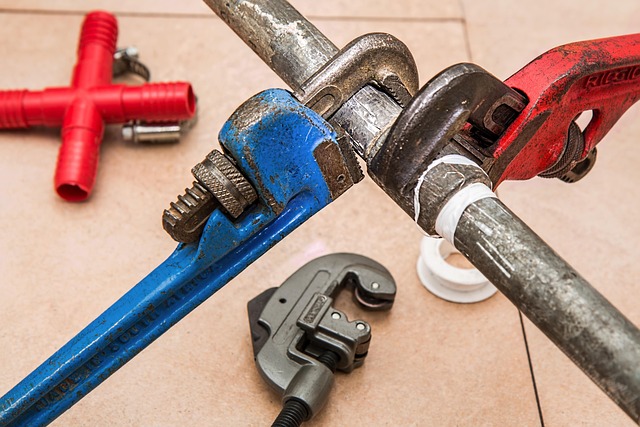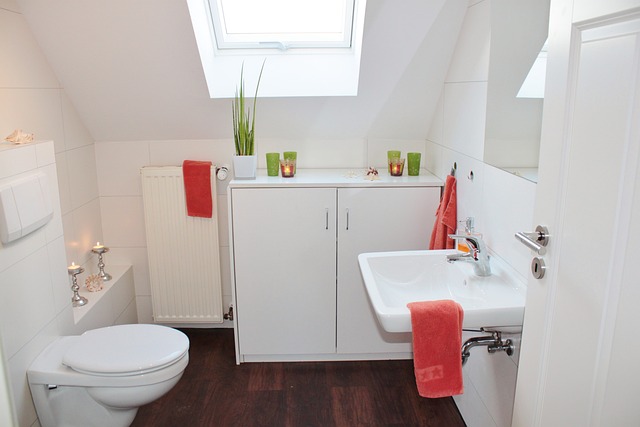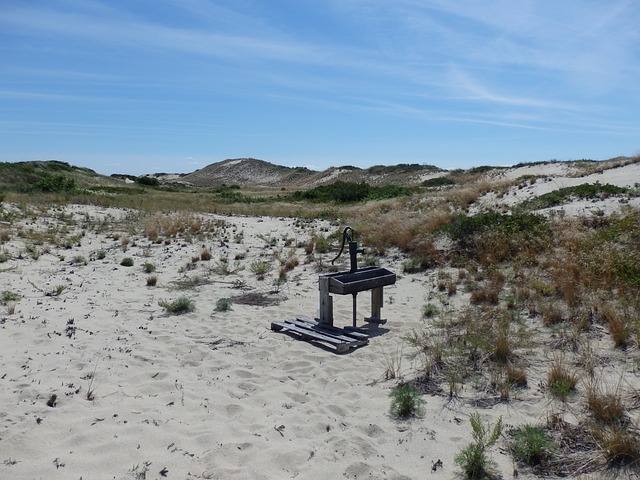In an emergency plumbing situation, a swift assessment is crucial. Identify the issue (e.g., burst pipe, clogged drain) and note unusual sounds, smells, or damage. Gather details about onset and recent changes to help plumbers troubleshoot and prevent future problems. Prepare a basic toolkit with essential tools and keep common plumbing supplies readily available for temporary repairs. Clear obstructions from main water shut-off valves, remove impediments, and identify potential problem areas to ensure efficient emergency plumbing services.
Facing an unexpected plumbing emergency? Before your plumber arrives, follow this comprehensive guide. We’ll walk you through assessing the situation, gathering essential tools, and preparing your home for their arrival. These steps ensure efficient problem-solving and minimize damage. Whether it’s a burst pipe, clogged drain, or a faulty water heater, being ready enhances the effectiveness of emergency plumbing services, saving you time and potentially costly repairs.
- Assessing the Emergency Plumbing Situation
- Gathering Essential Tools and Supplies
- Preparing Your Home for the Plumber's Arrival
Assessing the Emergency Plumbing Situation

When faced with an emergency plumbing situation, the first step is to assess the issue at hand. This involves quickly identifying the problem and understanding its severity. Is it a burst pipe causing water damage or a clogged drain that needs immediate attention? Recognizing the specific emergency plumbing service required is crucial in managing expectations and ensuring prompt action.
During this initial evaluation, make note of any unusual sounds, smells, or visible signs of damage. These details can provide valuable context for the plumbers upon their arrival. Additionally, gathering information about when the problem started and whether there have been recent changes to your plumbing system (like new installations or repairs) will aid in troubleshooting and preventing future issues.
Gathering Essential Tools and Supplies

Before calling for emergency plumbing services, arming yourself with the right tools and supplies is essential. Start by gathering a basic toolkit that includes a variety of wrenches (both adjustable and fixed), pliers, a screwdriver, and a set of channel locks. These tools will help you tighten or loosen fittings, remove clogs, and make temporary repairs until the plumber arrives.
Additionally, keep a stock of common plumbing supplies like pipes, fittings, gaskets, and sealants. Having these on hand allows you to replace worn-out parts or make quick, temporary fixes to stop water leaks or other minor issues. Remember, being prepared with the right tools and supplies can often save time and money during an emergency plumbing situation.
Preparing Your Home for the Plumber's Arrival

Before the plumber arrives, take a moment to prepare your home for their visit. This is crucial for two reasons: it ensures a smooth and efficient service and prevents any potential hazards or disruptions during an emergency plumbing situation. Firstly, clear any obstructions leading to the main water shut-off valve. This vital component allows the plumber quick access to stop water flow in case of leaks or floods. Ensure tools like pipes, towels, or other items that might impede their progress are removed from the area.
Additionally, prepare by identifying potential problem areas around your home. Check for any signs of water damage, unusual noises coming from pipes, or odd smells that could indicate a plumbing issue. By doing so, you can provide valuable insights to the plumber, enabling them to diagnose and fix problems more effectively, especially during an emergency when time is of the essence.
Before the plumber arrives, ensure your home is ready for emergency plumbing situations by assessing the issue, gathering essential tools, and making preparations. By following these steps, you’ll be better equipped to handle potential problems and reduce disruptions caused by unexpected plumbing events. Remember, timely action and proper preparation can significantly impact the efficiency of emergency plumbing services.
